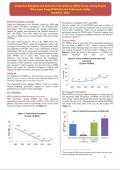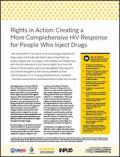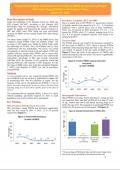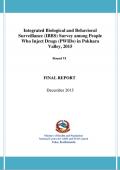Publications on People Who Inject Drugs (PWID)
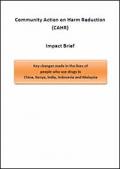
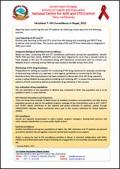
Nepal has been conducting HIV and STI surveillance particularly among key populations, namely: PWID, FSW and their clients, MSM/TG, and male labor migrants for more than a decade mainly to track changes in HIV and STI prevalence along with behavioral components such as condom use. Hepatitis-B and C screening among PWID has been started in the IBBS surveys from 2015.
The size estimation of key population in districts was conducted in 2010. The population size is to be updated in every 2-3 years interval.
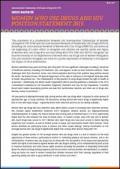
Women-identified drug users and those also living with HIV face significant challenges accessing a broad set of healthcare services, including HIV treatment, care, and support, as well as harm reduction services. These challenges stem from structural, social, and cultural prejudice stemming from punitive drug policies around the world.






